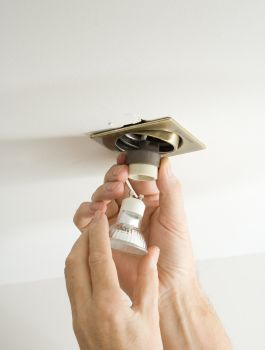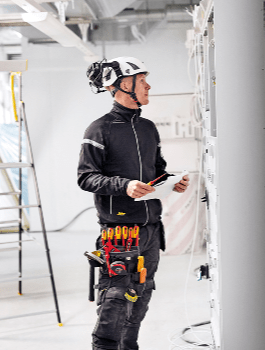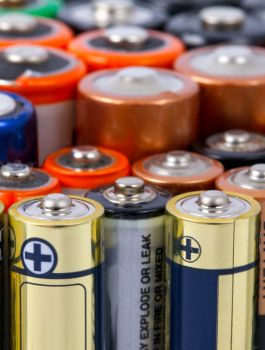Spotting Counterfeit Fuses!
Blog
In today's modern world, hundreds of electronic circuits are quietly running close by you. These circuits require protection, and so will tend to have a fuse included at vital points in the distribution of power. this fuse is designed to protect your device from harm should irregularities in current be detected.
Fuse production is dictated by A British Standard regulation (BS1362) to ensure fuses are safe to use and are manufactured to full quality.
But beware, there are counterfeit fuses which will cause more harm than good. These fake fuses could cause damage to your electronic equipment, your home, or yourself.
In this post, we will show you some telltale signs to second guess a suspicious fuse.
Signs of Counterfeit Fuses
A BS1362 Fuse
First of all, let's look at the length.The length of the fuse can often be an indication sign that the fuse is genuine or not. A genuine BS1362 fuse between 3 - 13 amp should be the length of 25.4mm (+/- 0.6mm), any longer or shorter than that may not fit properly in the fuse containment and will not work as intended.
Size of the Fuse
Another key point is the weight. A genuine BS1362 fuse weight is 2 grams on average, anything higher or lower than this weight could mean it has not been filled with the required quartz sand. Quartz sand is in the fuse to control the breakage of the fuse wire and containment of flame reactions within the ceramic body.
Inside the fuse
Lastly, the appearance of the fuse itself could be a telltale sign of it being a counterfeit or genuine product. A genuine BS1362 fuse has small dimples on the end caps. There should be no gaps between the metal end caps and the ceramic body, ie, you should not see the wire poking down the side of the fuse under the cap.
the "dimple" of the fuse
The fuse wire is connected through an eyelet, with no indication of the fuse wire trapped underneath the end caps. The ASTA License number and kitemark number should be easily found on the BEAB website and BSI Kitemark website . if they are not found on these websites or don't match the given requirements above; consider the fuse a counterfeit.
Of course, a great way to ensure your fuses are genuine is to buy from trusted retailers like ElectricalWorld.com !

 Hate
Hate
 Dislike
Dislike
 Neutral
Neutral
 Like
Like
 Love
Love





















